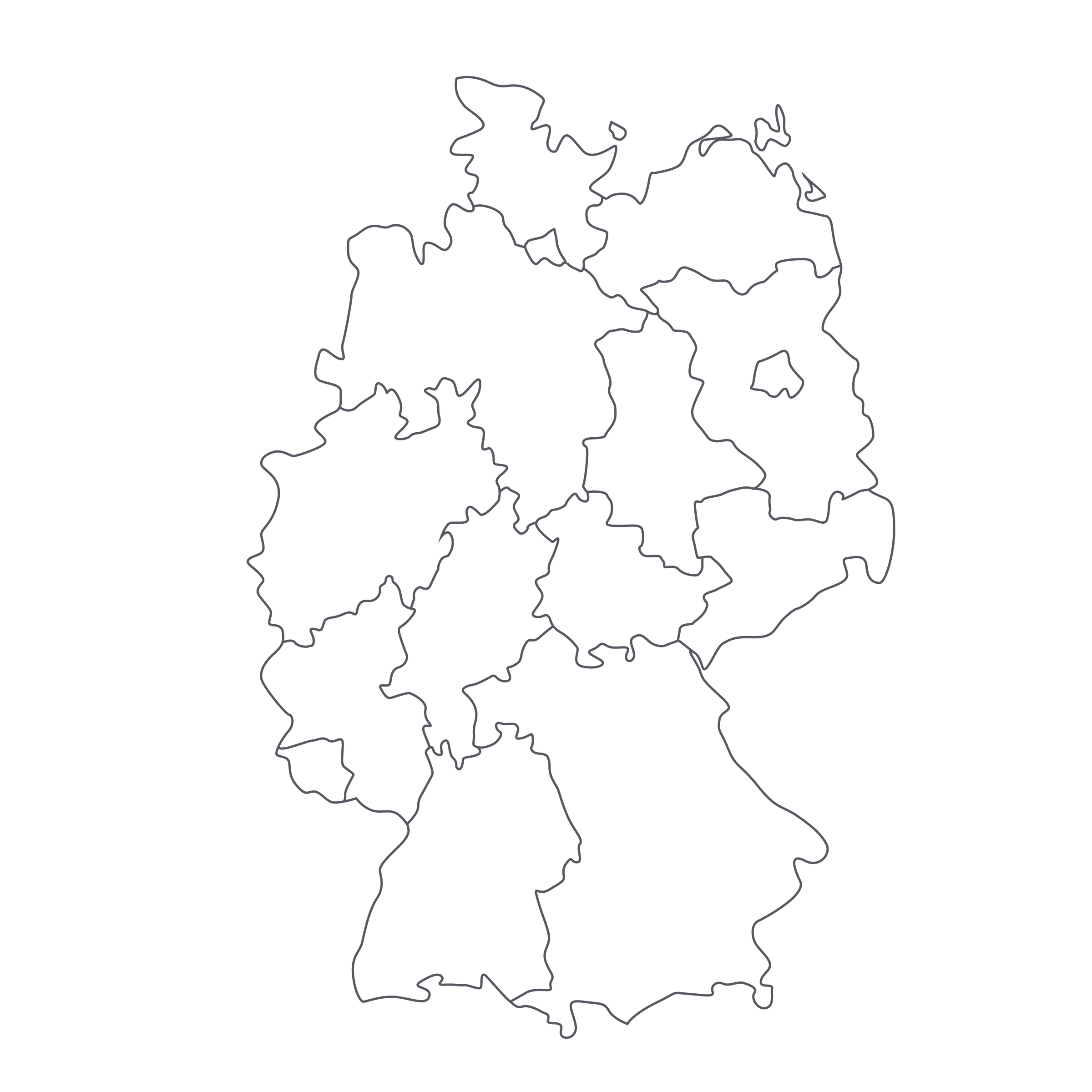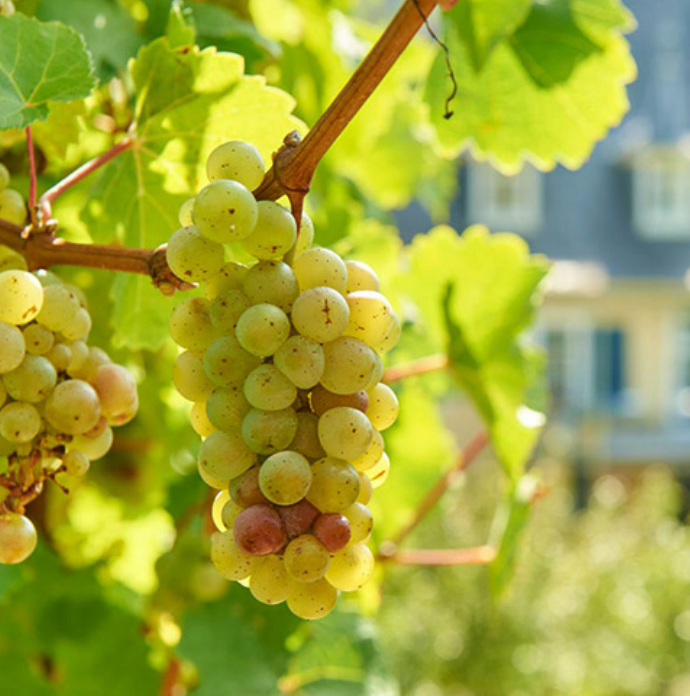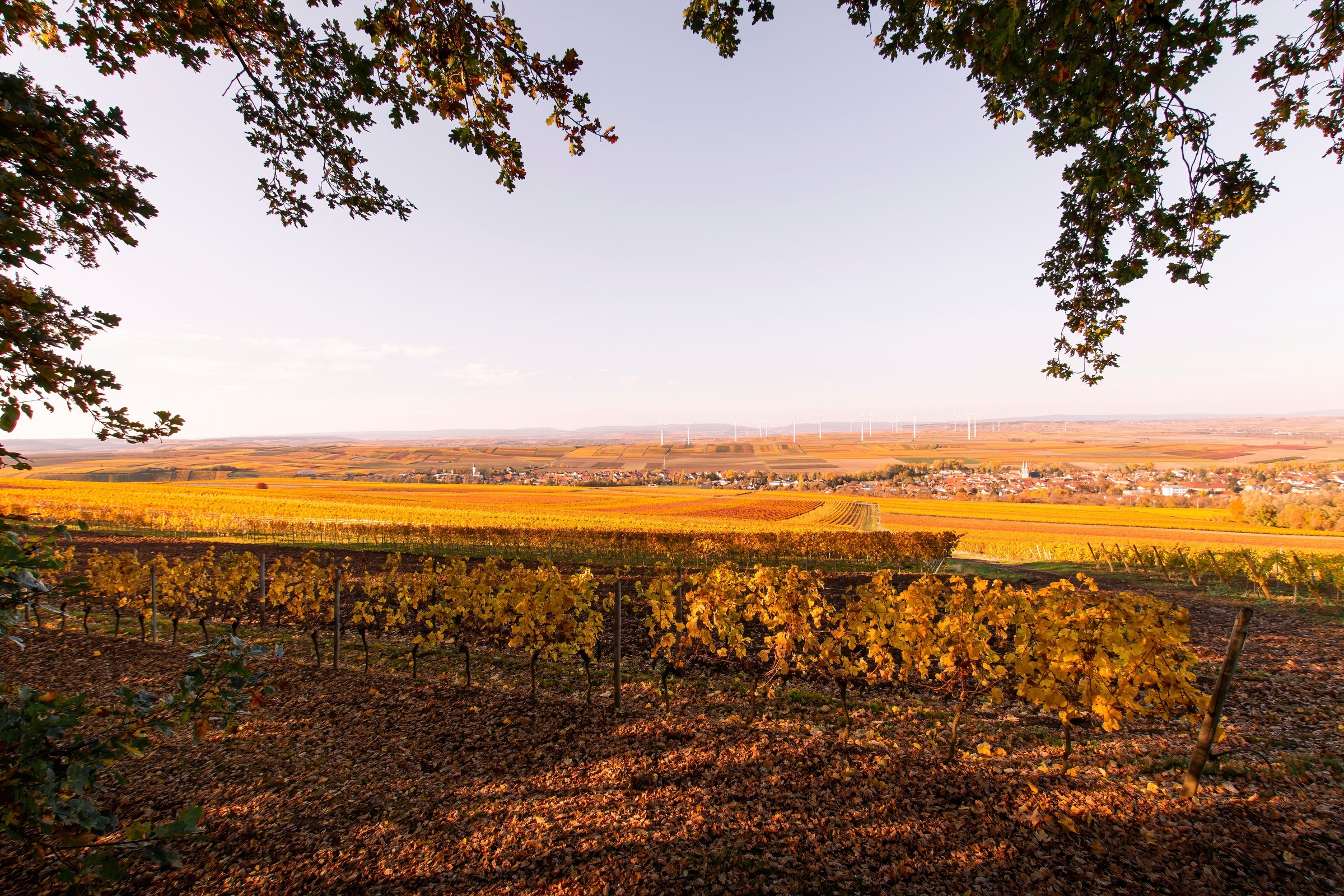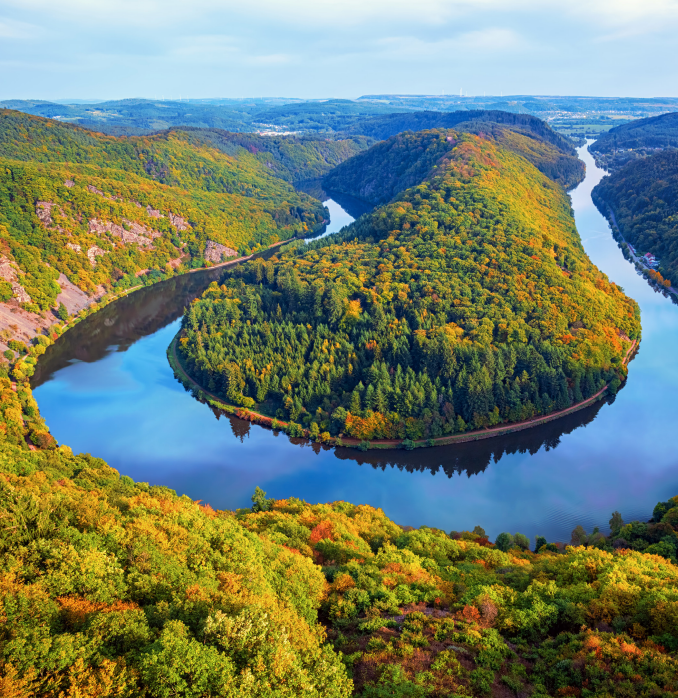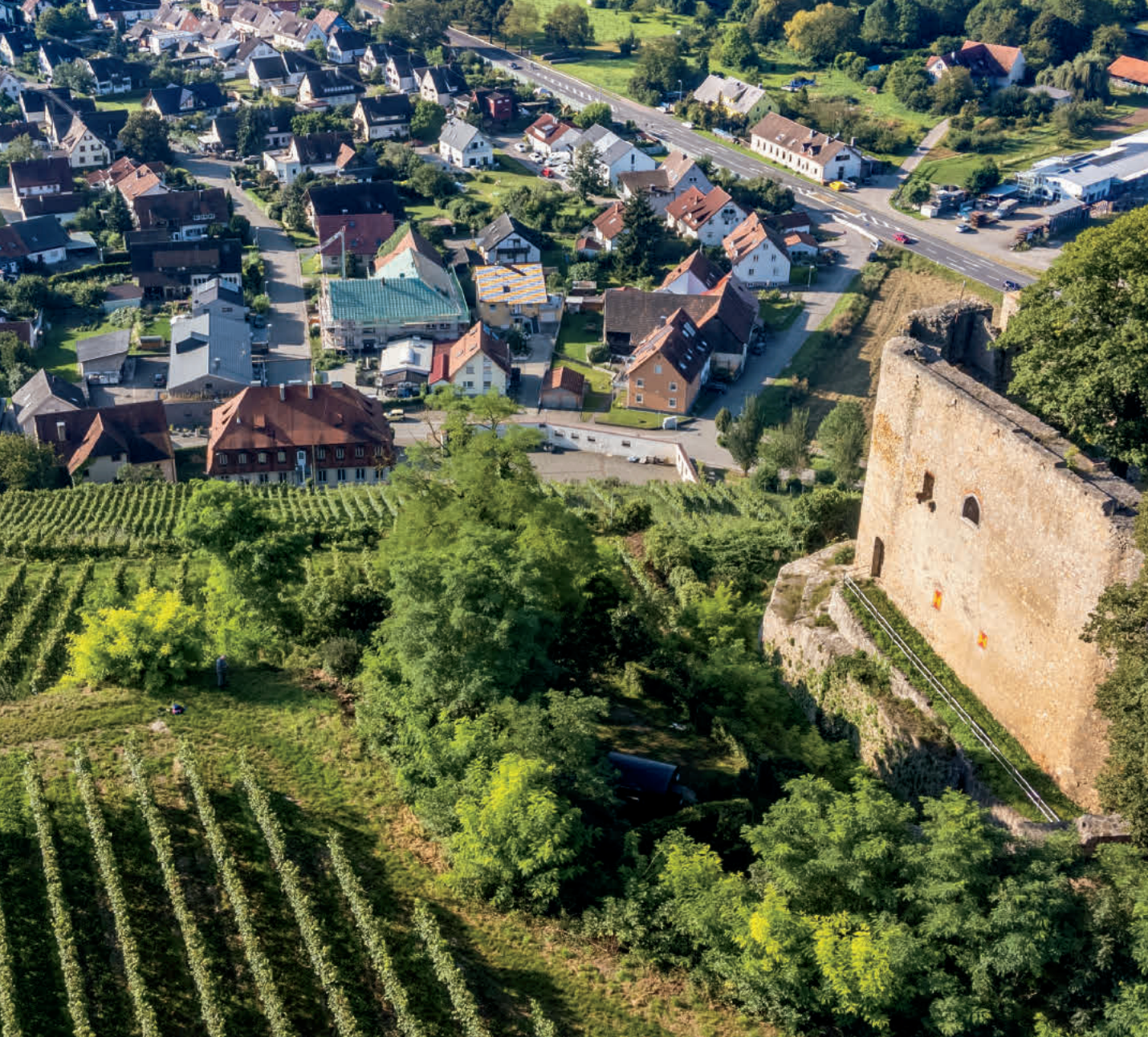Any wine we decide to feature in a Daily Offer is something we’re passionate about. That should go without saying. But some wines, like today’s, cause us to ramp up the intensity even further. German Pinot Noirs have been the darlings of the SommSelect tasting table recently, and today’s encore performance from Claus Schneider inspires something beyond our regular passionate advocacy: I must insist that you try this.
We’re finding that German Pinots, and especially those from the Baden region, are challenging (and often eclipsing) those of Oregon’s Willamette Valley on the value-for-dollar front. And I don’t say that lightly—I never thought Oregon Pinot Noir would have a peer in that department, but here we are, and frankly, no one should be surprised. Germany is the world’s third-largest producers of Pinot Noir, a.k.a. Spätburgunder, and yet its proven prowess with the variety has yet to translate into the wines fetching anywhere near what they are worth. In terms of terroir, everything Pinot Noir could want is available in Schneider’s “Weiler Schlipf” vineyard, a south-exposed limestone escarpment in Baden, Germany’s southernmost wine appellation. Breaching the Swiss border and cooled by breezes from the nearby Black Forest, Weiler Schlipf is a special site, surely one of the most important, Grand Cru-equivalent Pinot Noir vineyards in Germany. Subscribers heeded our advice and fell head-over-heels for the 2015 edition of this wine, and rest assured, the ’16 is thrillingly true to form—the cool-climate finesse and smoky savor will make a believer out of you, if you aren’t one already. I know I am!
As in Burgundy, the name of the source vineyard occupies a place of prominence on Schneider’s spare front label. “Weiler” (shortened from the “Weiler Schlipf” that appeared on previous editions) is described as the most south-westerly single vineyard in Germany, situated (like the Schneider winery) in the village of Weil Am Rhein. Almost all the Schneider family’s 11 hectares of vineyards are within Weiler Schlipf, and, like so many German wine families, their roots in this area go back a long, long way—600 years in the Schneiders’ case. Today it is Johannes Schneider who is slowly taking over the reins from his parents, Claus and Susanne, both of whom hail from wine families; their farming is effectively organic, with no pesticides or herbicides ever deployed in the vineyards.
And while Pinot Noir is grown in all of Germany’s 13 wine regions, Baden is widely recognized as its premier terroir for the variety—not least because of its strong physical similarities to Burgundy in terms of soil and climate. It is believed that Cistercian monks planted the ‘Burgundian’ varieties in Baden at roughly the same time as in Burgundy itself, so again, this is not some novel experiment with the grape in this place: They’re meant for each other, and it shows!
As was the case with the ’15, the ’16 makes it obvious that “Weiler” is a blessed combination of grape and place. Fermented on indigenous yeasts in large oak casks, and aged about a year in those casks before bottling, this is a very classic German Pinot in terms of its brambly, smoky earth component, but its fruit concentration and, most notably, its structure are extraordinary. It’s not a ‘big’ wine by any means, but neither is it as soft, light, and somewhat fleeting on the palate as many of its German brethren—it’s got structure, fruit concentration and nerve. In the glass, it’s a medium ruby moving to garnet and pink at the rim, with expressive aromas of black cherry, black tea, red currant, rose petal, kola nut, ground coffee, grilled herbs, and lots of damp underbrush. It is medium-bodied yet persistent on the palate, finishing floral and spicy and with plenty of palate-enlivening acidity. It is ready to enjoy now and over the next 3-5 years: Decant it about 30 minutes before service in large Burgundy stems and you’re likely to get to a second (or third) bottle much faster than you might have thought. Check out the attached recipe and don’t rule this bottle out as an über-versatile addition to your Thanksgiving table—it would be a great one! Enjoy!


